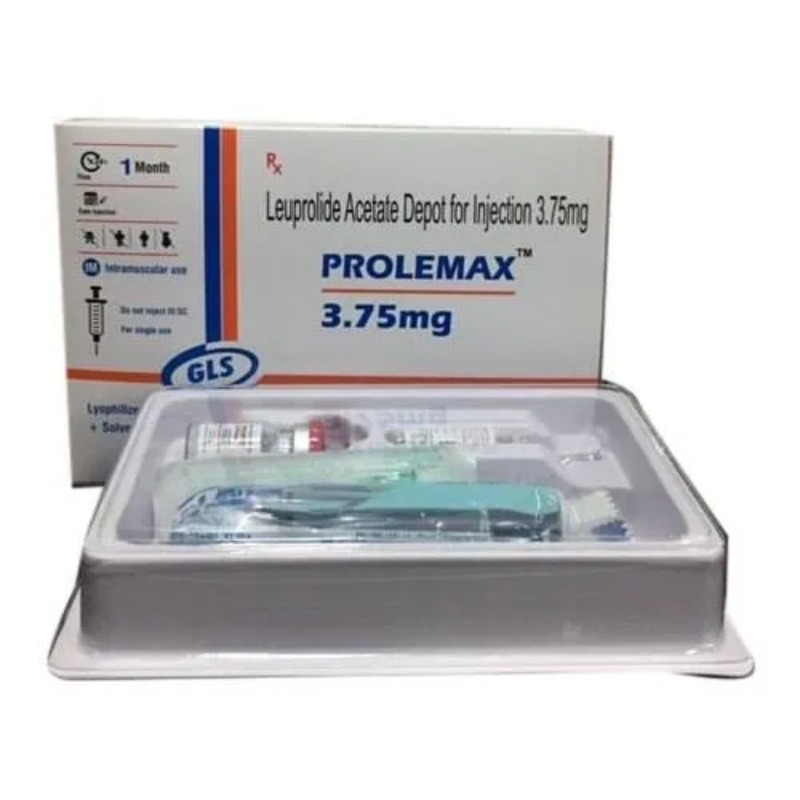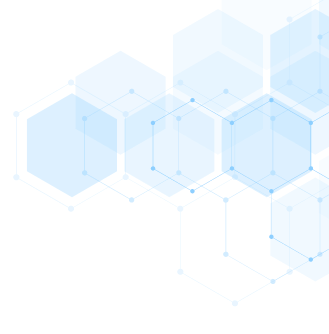DESCRIPTION
Mechanism of Action
Administration of this LHRH agonist leads to initial release of FSH and
LH followed by suppression of gonadotropin secretion as a result of desensitization
of the pituitary to gonadotropin-releasing hormone. This eventually
leads to decreased secretion of LH and FSH from the pituitary, resulting in
castration levels of testosterone. Plasma levels of testosterone fall to castrate
levels after 2–4 weeks of therapy.
Absorption
Leuprolide is not orally absorbed. After SC injection, approximately 90%
of a dose is absorbed into the systemic circulation.
Distribution
Distribution is not well characterized. Leuprolide is slowly released over
a 28-day period. Peak serum concentrations are achieved 10–15 days after
drug administration. About 45%–50% of drug is bound to plasma proteins.
Metabolism
Metabolism of leuprolide occurs mainly via hydrolysis of the C-terminal
amino acids. Leuprolide is nearly completely eliminated in its parent form in
urine (.90%) with an elimination half-life of 3–4 hours. Half-life is prolonged
in patients with impaired renal function.
Indications
1. Advanced prostate cancer.
2. Neoadjuvant therapy of early-stage prostate cancer.
Dosage Range
Administer 22.5 mg SC every 3 months. Can also be given as 30 mg SC
every 4 months.
Drug Interactions
None known.
Special Considerations
1. Initiation of treatment with leuprolide may induce a transient tumor
flare due to the initial release of LH and FSH. Patients with impending
ureteral obstruction and/or spinal cord compression or those
with painful bone metastases are at especially high risk. To prevent
tumor flare, patients should be started on antiandrogen therapy at
least 2 weeks before starting leuprolide.
2. Serum testosterone levels decrease to castrate levels within 2–4
weeks after initiation of therapy.
3. Use with caution in patients with abnormal renal function.
4. Caution patients about the possibility of hot flashes. Consider the
use of clonidine 0.1–0.2 mg PO daily, megestrol acetate 20 mg PO
bid, or soy tablets one tablet PO tid for prevention and/or treatment.
Toxicity 1
Hot flashes, impotence, and gynecomastia. Decreased libido occurs less
commonly.
Toxicity 2
Tumor flare. May occur in up to 20% of patients, usually within the first
2 weeks of starting therapy. May observe increased bone pain, urinary
 retention, or back pain with spinal cord compression. May be prevented by
pretreating with an antiandrogen agent such as flutamide, bicalutamide, or
nilutamide.
Toxicity 3
Local discomfort at the site of injection.
Toxicity 4
Elevated serum cholesterol levels.
Toxicity 5
Nausea and vomiting. Rarely observed.
Toxicity 6
Hypersensitivity reaction.
L Toxicity 7
Myelosuppression. Rarely observed.
Toxicity 8
Peripheral edema. Results from sodium retention.
Toxicity 9
Asthenia.
SPECIFICATION


Login To Comment